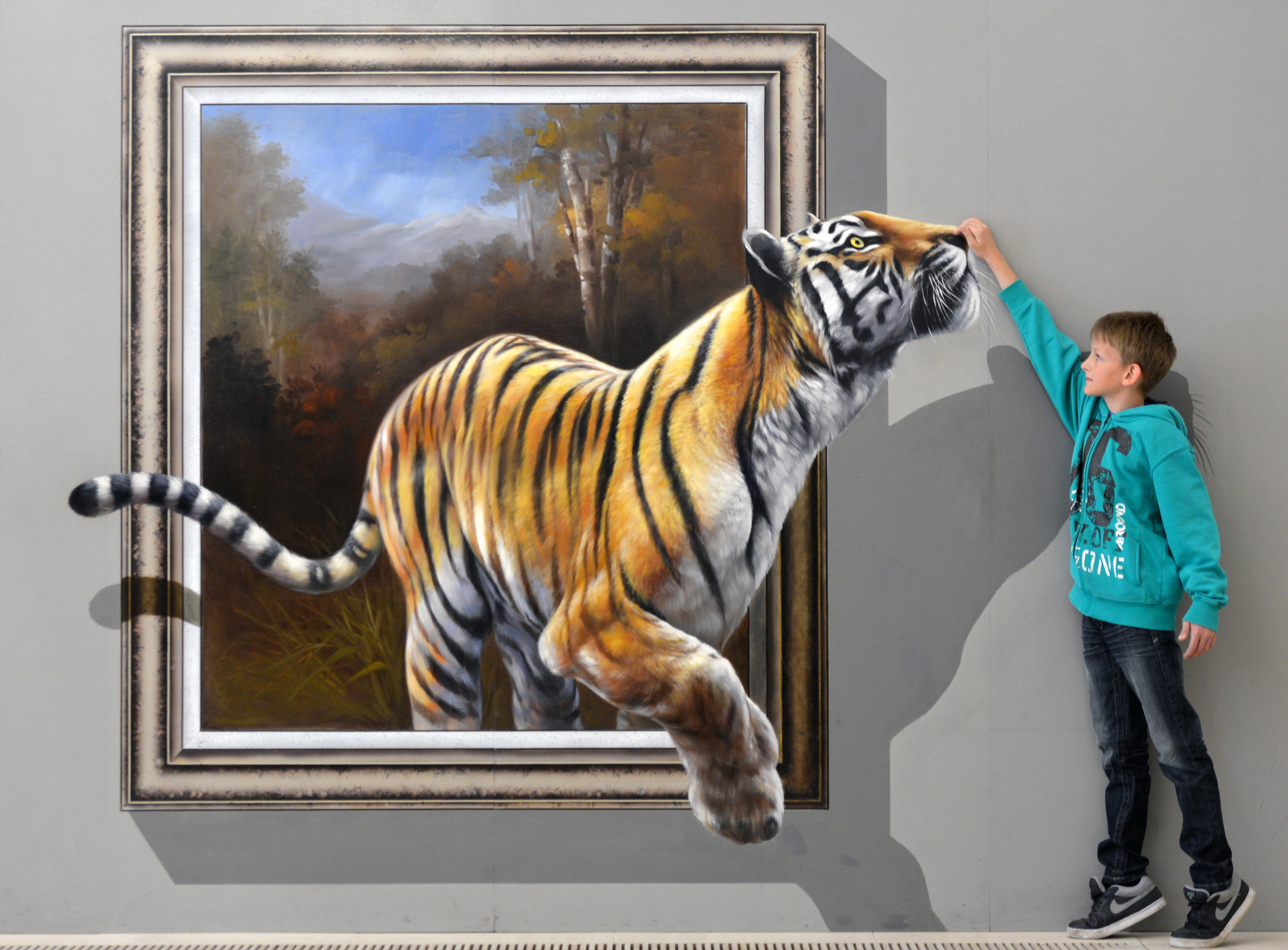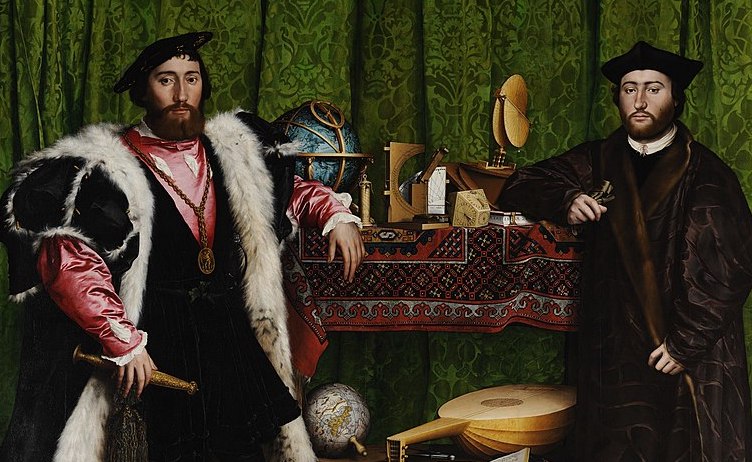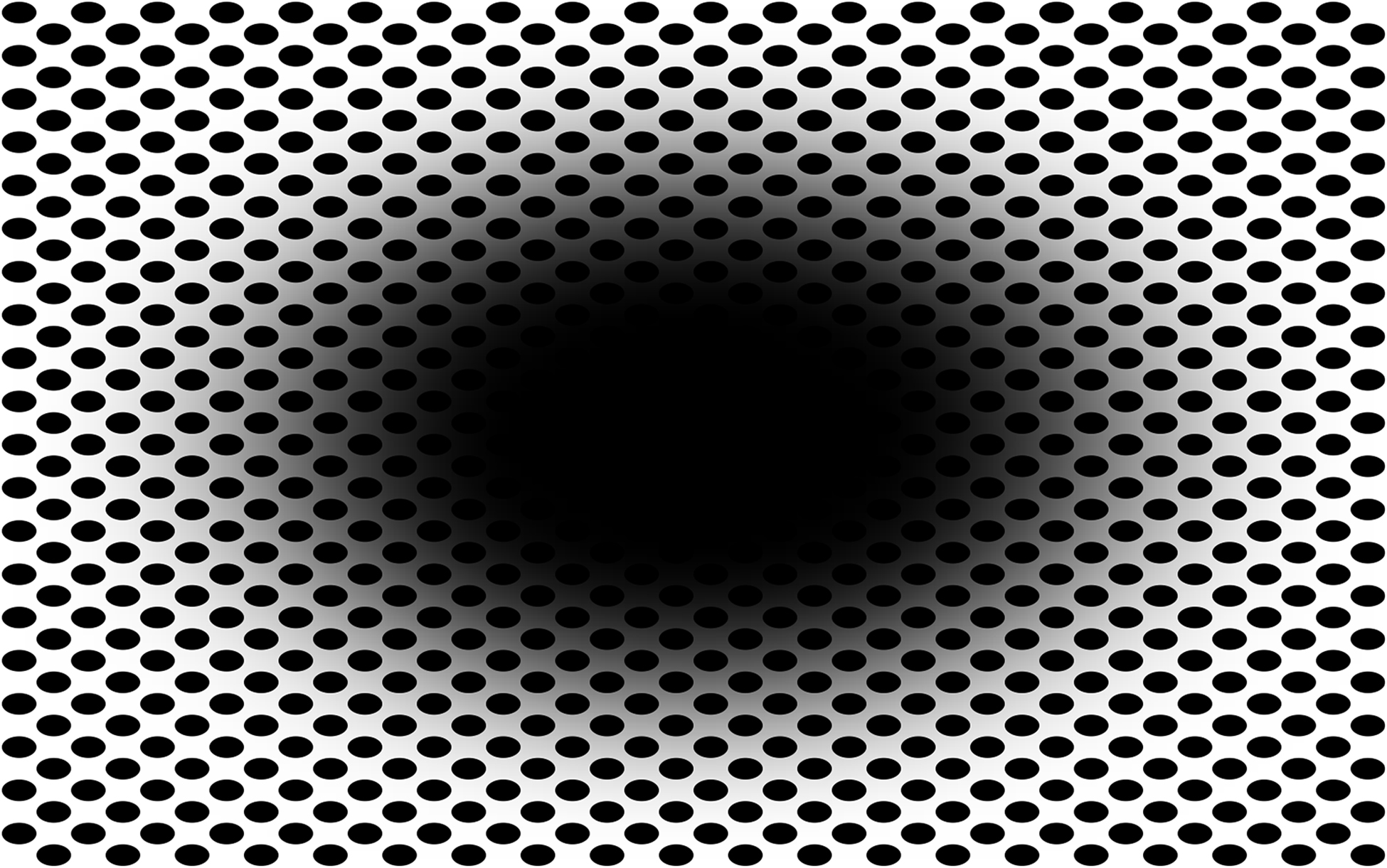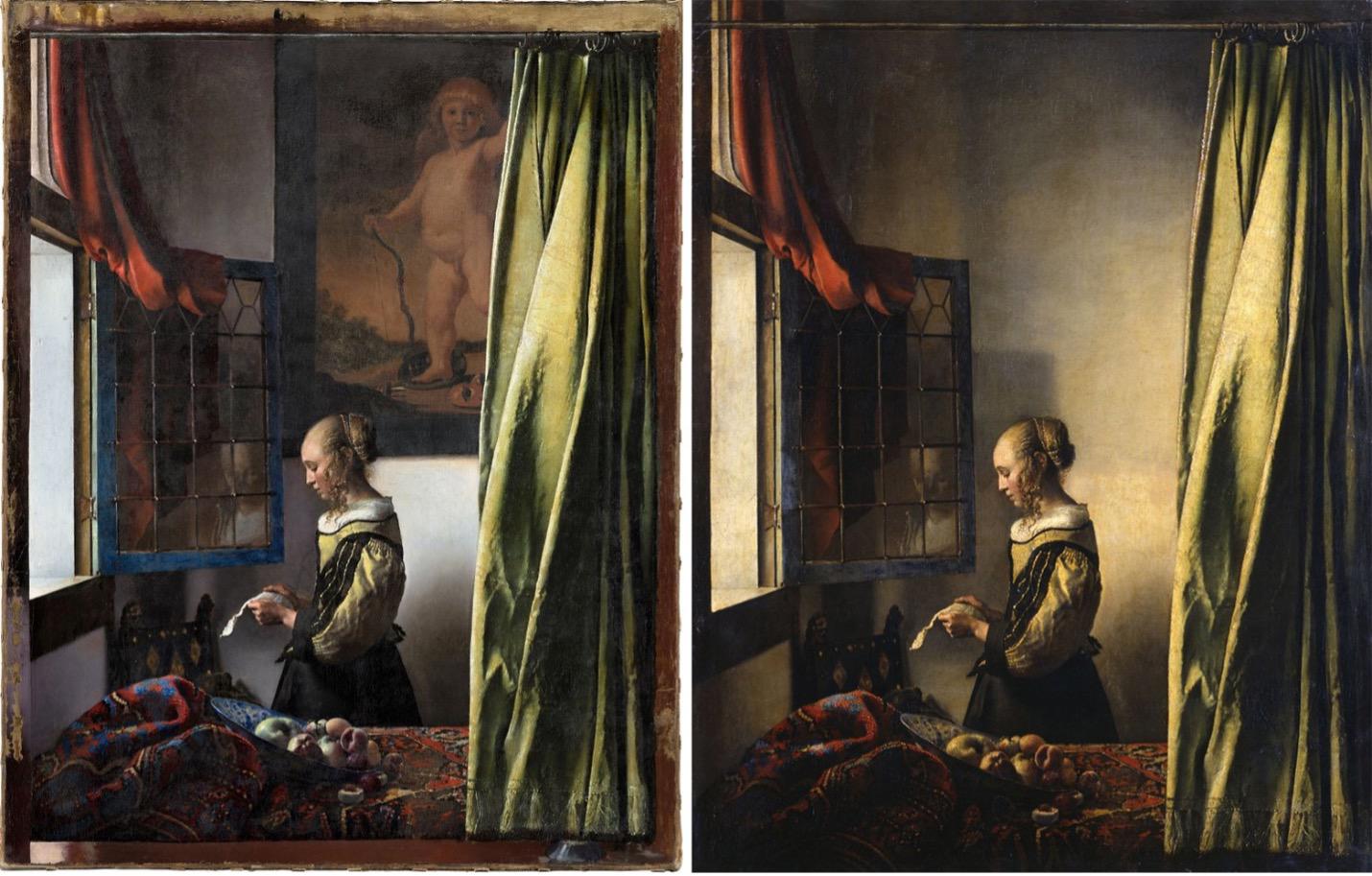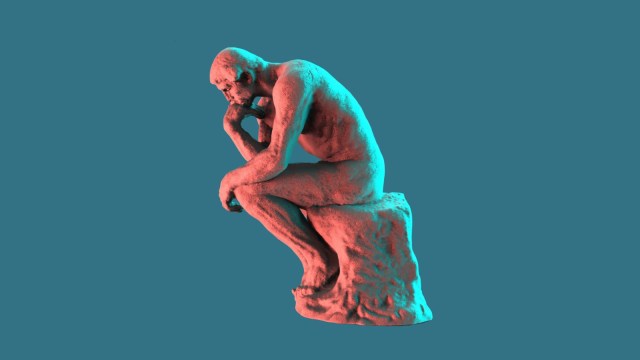The 3 types of optical illusions are a beautiful union of science and art

- Literal optical illusions are two different images compressed into one.
- Physiological optical illusions overstimulate the brain with light, shapes, and colors.
- Cognitive optical illusions are like logical paradoxes that present inherently contradictory information.
You see an old woman, but the person next to you sees a young one. Dots that are really stationary appear to move when you start to lose focus. Two colors you’d swear are different turn out to be identical when you place them side by side. If there is one thing that is true of optical illusions, it is that there is more to them than meets the eye. A whole lot more, actually.
We might think that optical illusions are closer to cheap magic tricks than they are to highly revered works of art. This is a little strange, considering that all works of art are, at their core, illusions of their own. Rembrandt, Diego Velázquez, Jacques-Louis David — these great painters were tricksters insofar as they used their understanding of light and perspective to make flat images appear three-dimensional.

Optical illusions are also valuable from a scientific perspective. “The visual arts,” as one Scientific American article explains, “sometimes preceded the visual sciences in the discovery of fundamental vision principles through the application of methodical — though perhaps more intuitive — research techniques. In this sense, art, illusions and visual science have always been implicitly linked.”
In this article, we will consider three different types of optical illusions and explain what each of them can teach us about both art and the human brain. The way and speed with which we interpret illusions might reveal personal biases, while the works of Dutch draftsman and master illusionist M.C. Escher provide a useful analogy for why we stumble over philosophical paradoxes.
Literal optical illusions
The first and simplest type of optical illusion are literal optical illusions, which describe images that can be looked at in two different ways. My Wife and My Mother-in-Law is arguably the most famous example of a literal optical illusion. The image, created by an unknown artist during the late 19th century, shows a figure that, depending on the viewer’s focus, resembles either an ugly old woman or a pretty young one. (If you have a hard time seeing it, the young woman has her head turned away from the viewer. The “eye” of the old woman is the “ear” of the young woman.)
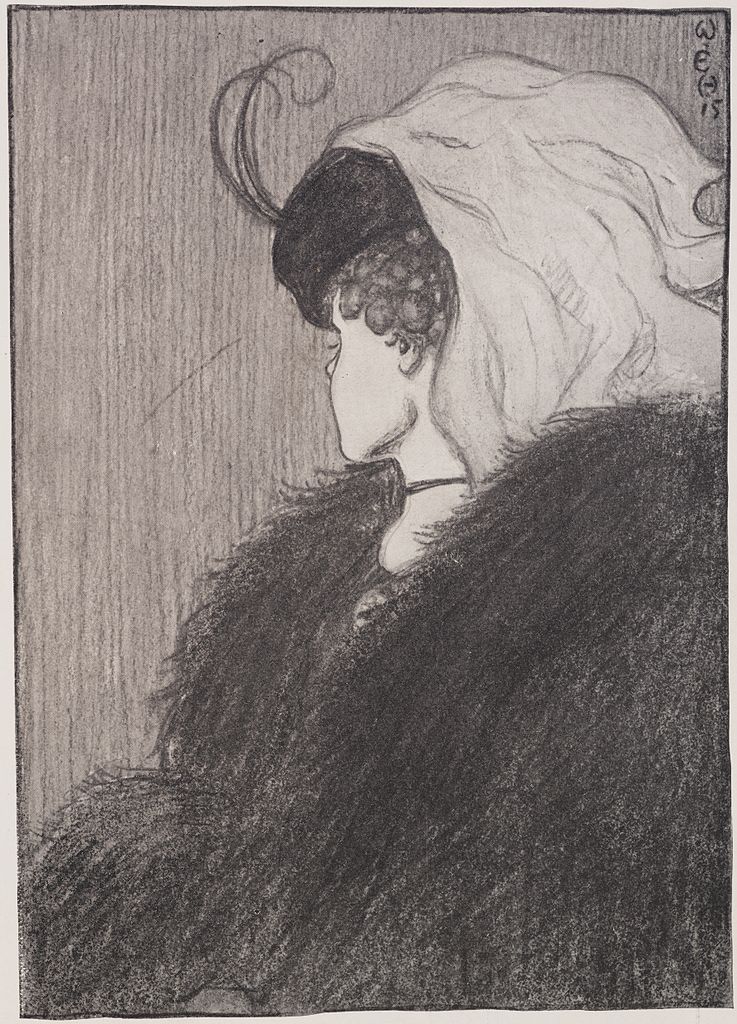
Other examples include Italian painter Giuseppe Arcimboldo’s still lives The Gardner and The Cook, which feature vegetables and meats arranged in formations resembling human faces. All is Vanity, shown below, is an 1892 black-and-white drawing by Charles Allan Gilbert, which shows a woman doing her makeup in front of a vanity set that also resembles a human skull.
Artistically, literal optical illusions can be used to establish a connection between two different objects or ideas. My Wife and My Mother-in-Law connects youth with old age and ugliness with beauty. Arcimboldo’s portraits establish a link between one’s work and one’s person, and All is Vanity — part of an entire genre of art work containing hidden skulls — comments on pride and narcissism.
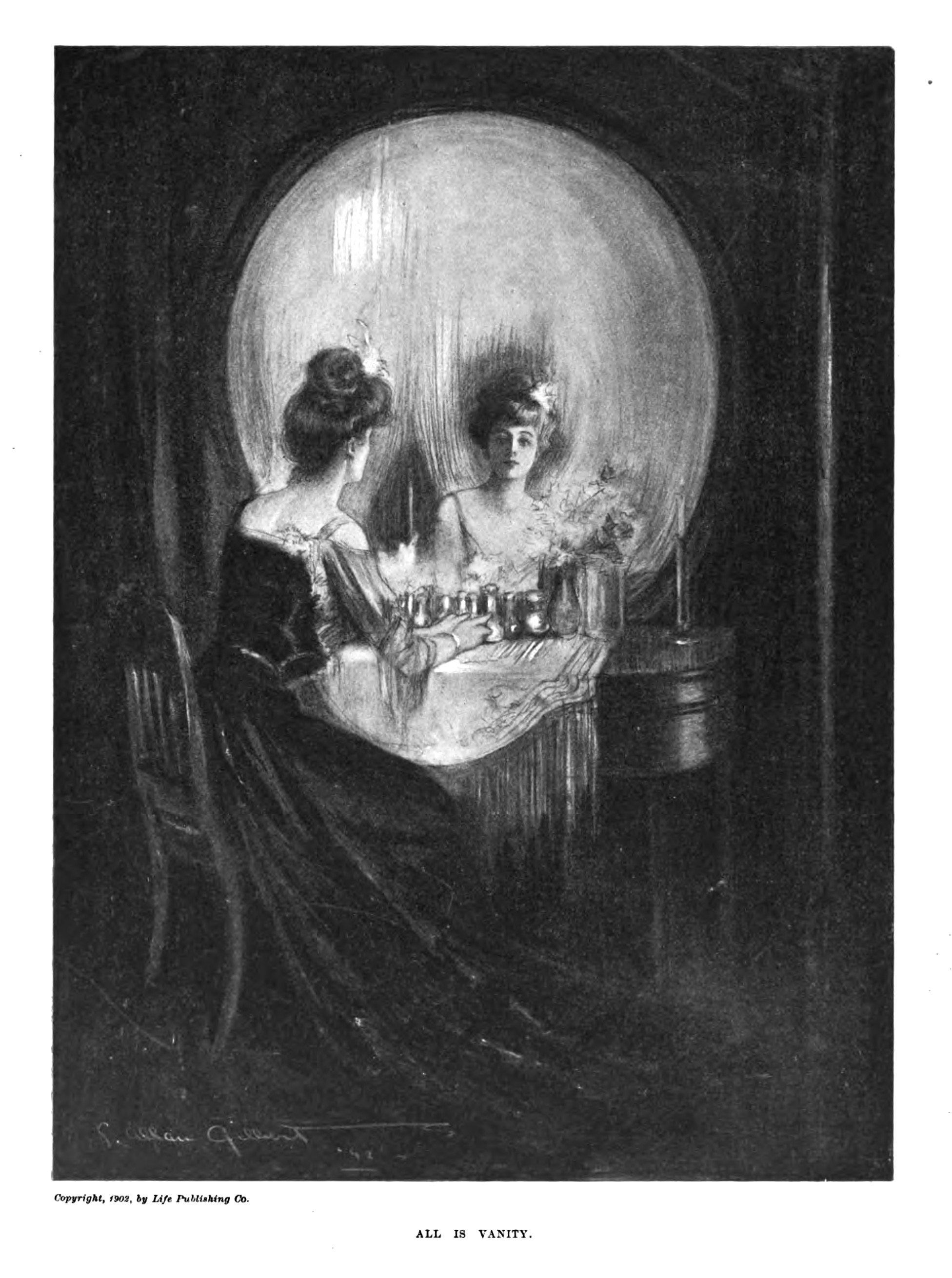
Scientifically, literal optical illusions offer insight into the nature of human perception. When Harvard psychologist Edwin Boring came across My Wife and My Mother-in-Law via a postcard, he was struck by how differently people reacted to it. Some saw the young girl first, while others saw only the old woman. Some took only a few seconds before they saw both, while others struggled for minutes, if not hours.
Boring ran some experiments with the illusion and was not disappointed with what he discovered. Generally, he found that younger participants were more predisposed to seeing the young woman first, while older participants were more predisposed to seeing the older woman. In other words, you could say that our age influences the way we see the world.
Physiological optical illusions
The second type, physiological optical illusions, overstimulate the human brain by presenting it with more light, shape, or color than it is able to process. Physiological optical illusions come in many varieties, such as kinetic illusions — that is, images that use sensory overload to create the illusion of motion and movement.
Many well-known physiological optical illusions were not created by artists but by scientists. The Mackay Rays, for example, are the work of Donald M. Mackay, a neurologist who worked at King’s College London. The original Mackay Rays, unveiled in 1957, show a dense cluster of radial lines. When you keep your eye on the center of this cluster, the white space in between the lines appears to shift and shimmer.
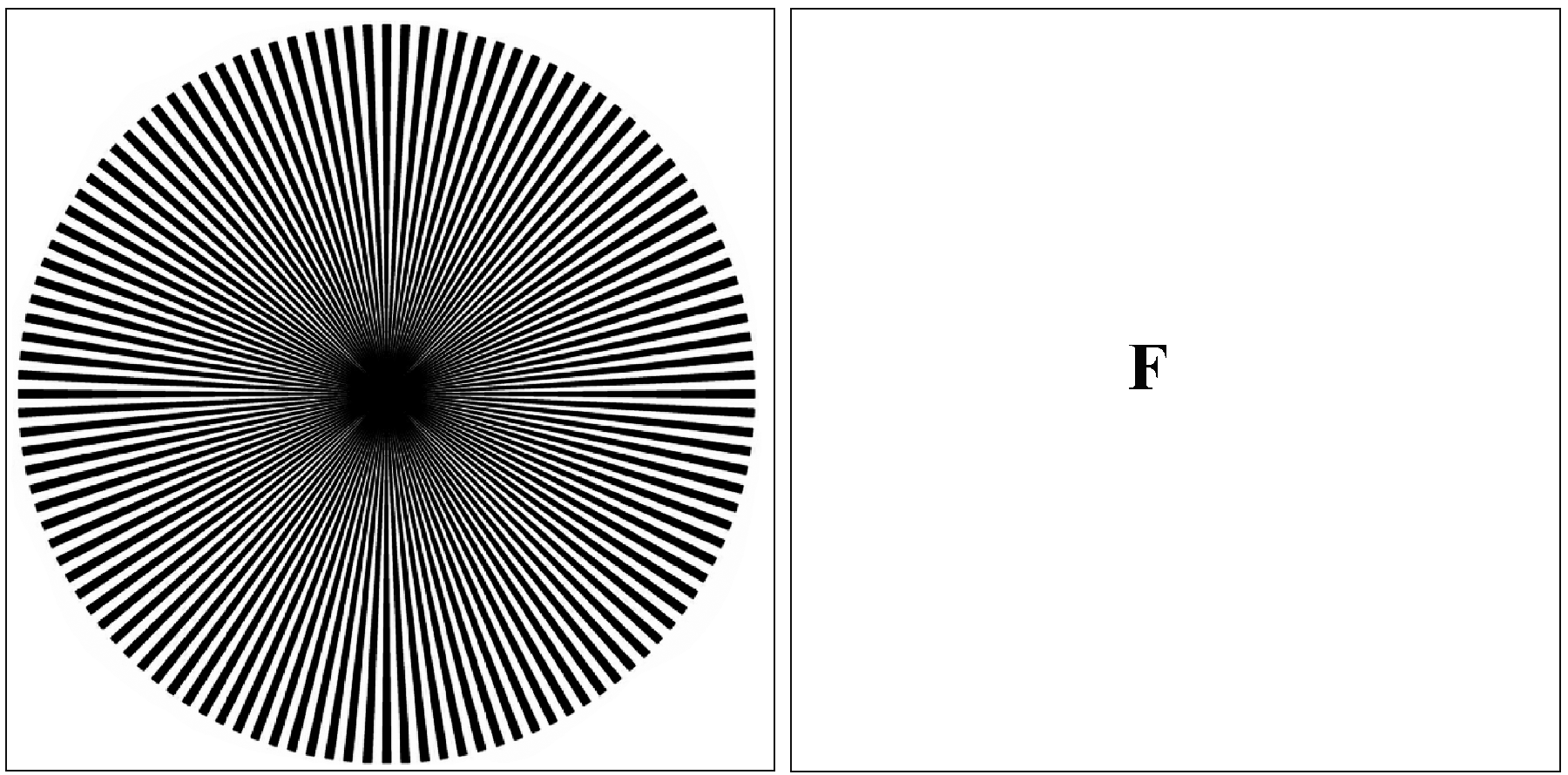
Because physiological optical illusions are non-representational, they did not show up in art history until recently, when the op (optical) art movement emerged in the 1960s. A 1965 exhibition at the New York Museum of Modern Art titled “The Responsive Eye,” explored various optical illusions, including impossible figures, that involved viewers like never before.
Are physiological optical illusions created by the eye or the brain? Researchers were unsure until Xoana Troncoso et al. published a paper arguing that the illusions may be caused by microsaccades, small, involuntary eye movements that take place when we fix our gaze at something, shifting our peripheral vision and thus creating the impression of motion or brightness.
Cognitive optical illusions
The third and most complex type of optical illusion is what are known as cognitive optical illusions. Similar to psychological illusions, cognitive illusions trick not just the eyes but the brain as well. Unlike psychological illusions, the effects of which register quickly, instinctively, and without much thought, psychological illusions require a significant amount of cognitive effort to untangle.
Some of the best examples of cognitive optical illusions were created by the Dutch draftsman M.C. Escher. He is known for creating impossible shapes, scenes, and objects like Drawing Hands, in which two realistically rendered hands are shown to be in the process of drawing one another.
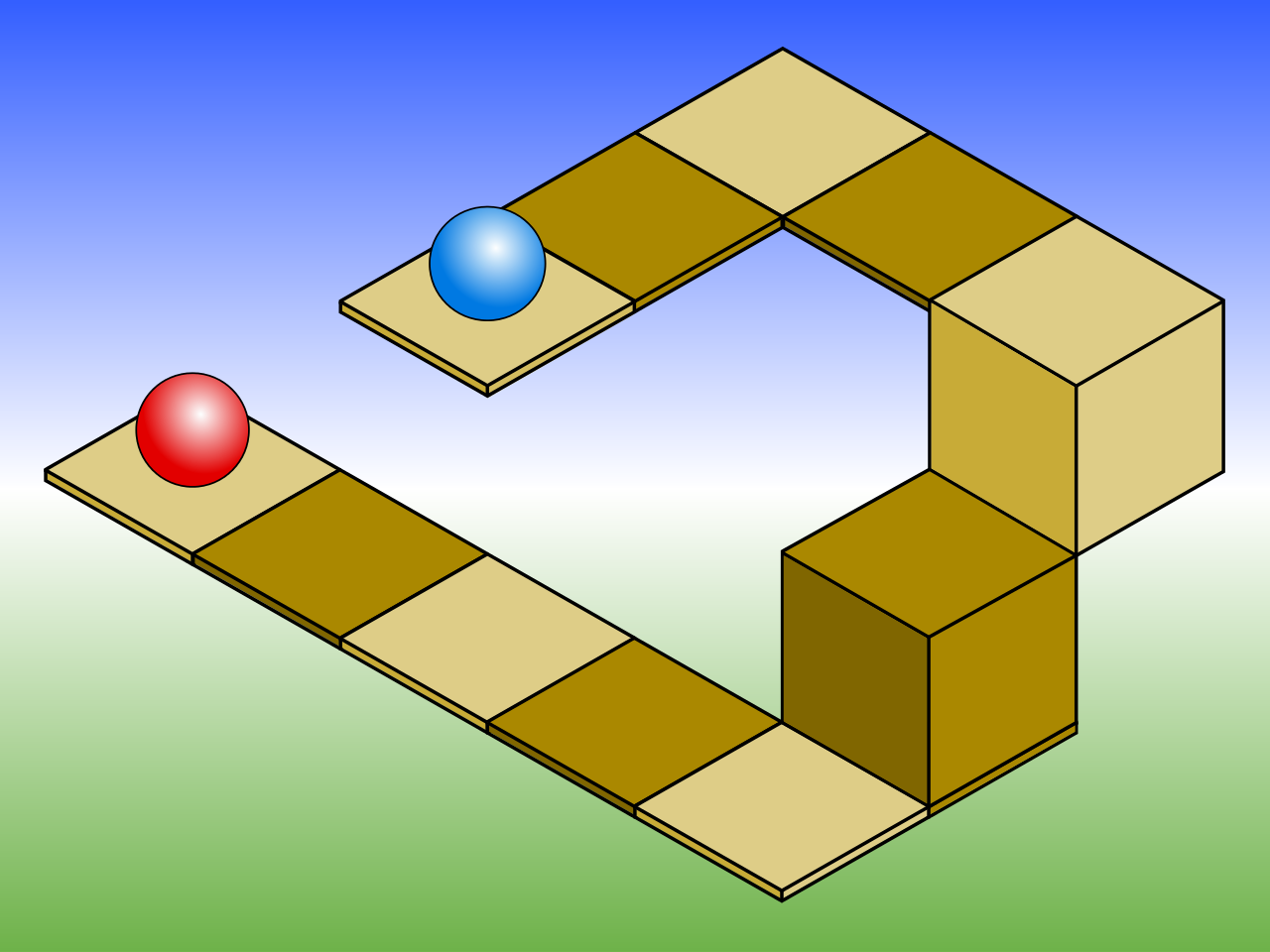
Escher’s impossible drawings are baffling precisely because they look possible. By taking advantage of the viewer’s familiarity with light and perspective, the artist is able to hide his illusions in what is otherwise a completely logical image. The key to comprehending Escher is to realize that two-dimensional scenes, no matter how three-dimensional they look, operate according to an entirely different set of rules.
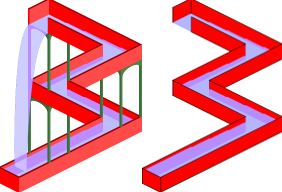
The impossible drawings of M.C. Escher are not just artistically impressive. They also interest philosophers, who use them as visual analogies for understanding and deconstructing paradoxes like the so-called Liar Paradox, which poses the unanswerable question of whether a liar is speaking the truth or not when they tell you they are lying.
Escher’s impossible drawings consist of flat representations of real-world objects, and in a similar way, words are used to express logical conundrums. As one academic paper explains, just as “lines in a picture can have multiple and mutually incompatible interpretations depending on different clues supplied by the surroundings,” so too the “context in which a sentence occurs can determine contradictory interpretation.”
